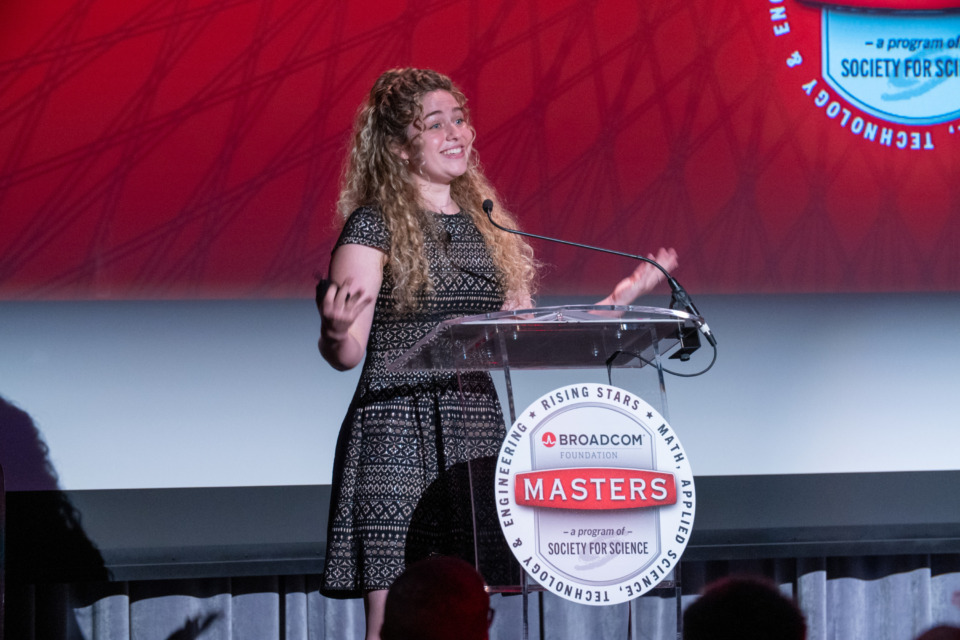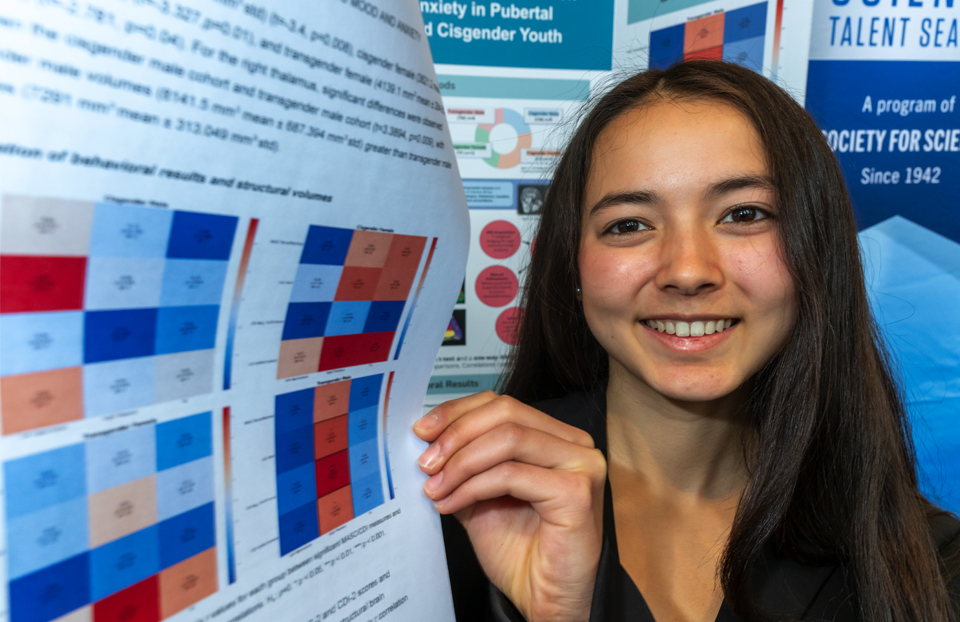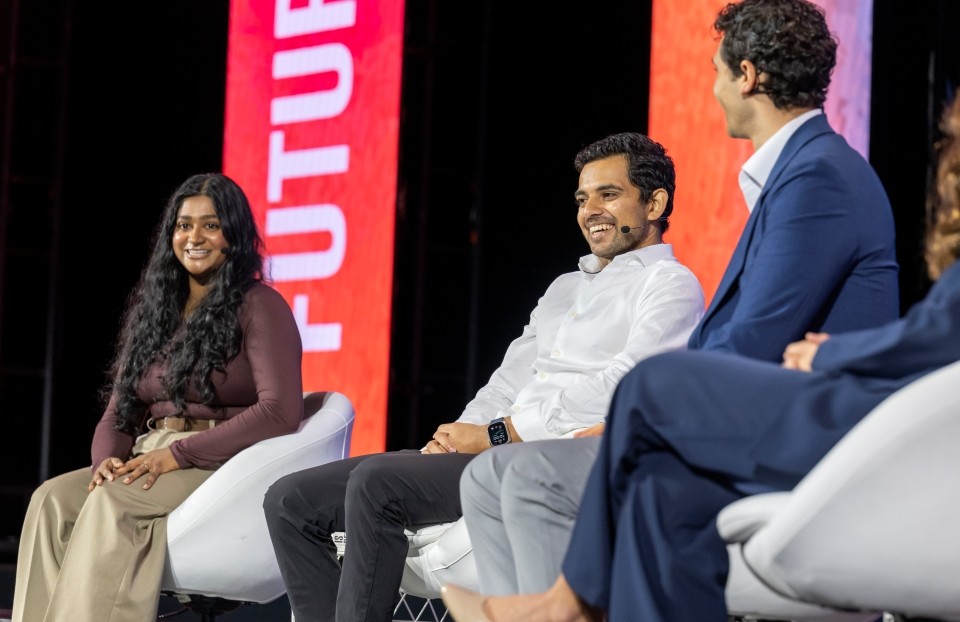ISEF propels alum into lifelong career in electrical engineering
James “Jim” Mitchell was a finalist at International Science and Engineering Fair (ISEF) 1978, held in Orange County, California.
What was your experience being an International Science and Engineering Fair finalist like?
I participated in the ISEF in 1978. My project was a “Flat, Low Power LED Television Screen.” It is important to understand that more than 37 years ago there were no personal computers, DVD players or cell phones. There was not even a hint of flat TV screens, no laptops, no color LCD displays, etc. The first microprocessors and memory chips had recently been introduced. Handheld calculators had only debuted about 6 years prior. Even though the first practical LED was invented in 1962, its use in a numerical digit did not become a wide-spread commercial item until nearly a decade later.
Until the ISEF in 1978, my experience was limited to local science and industrial arts fairs. I always looked forward to them. I enjoyed brainstorming new ideas and the attention I received for showing something new to everyone. When I won my state fair, I was very excited. I had never dreamed my “night owl” project of almost 1 year would lead me to ISEF. It even captured the attention of our local CBS television station, who interviewed me at my high school.
Traveling to ISEF was the first jet plane travel I had ever experienced. General Motors was the sponsor of this event at that time, and it was first class. The Anaheim Convention Center held the more than 400 student displays arranged by category and in perfect order in the hall.

Being greeted with materials, registering and unpacking my project’s big box and my display board were the first things I remember. I was anxious to put up everything to make sure everything worked after the trip – and it did. I even had a good television signal – I believe it was KTLA. The hall lighting was bright but I had brought a red bezel or filter to cover my LED matrix, allowing observers to step in and see its operation.
I recall the judging quite well. I kept a judges roster and remember being interviewed by many people. One of my most memorable moments was being interviewed by Prof. Robert Saunders of the University of Irvine. He was also president of the national IEEE – Institute of Electronics and Electrical Engineers in 1977. His genuine interest and understanding of my project was incredibly special. Prof. Saunders gave me his card (I still have it). He asked a number of questions – how I had thought of it, and what my plans were for making it bigger and brighter in the future. I also recall discussions with area college students and an overseas businessman who visited my project several times asking many questions.
ISEF introduced me to professional science. When I arrived at the exposition, I saw the other 400+ displays and people who immediately understood and shared the same level of commitment I had felt for years. I really was in the right place to tell my story on what I had accomplished. Until now, even my parents and my teachers really had no clear understanding of how I had conceived this project, how it worked or how I followed through with the development.
The ISEF experience also included bus tours where we visited a nearby facility having to do with the space shuttle construction. We toured a model of the shuttle. Later that day we also toured geological areas of interest where we saw evidence of earthquake history and strata under stress. Another evening we had a student party with music and food, and even dancing, which everyone seemed to enjoy very much.
The banquet and awards ceremony was full of anticipation. There were many awards and some incredible projects – even one related to the discovery of an important vaccine. As finalists, we were each given a book of abstracts with all 400+ projects. We were also given a special finalists medal made of silver and gold with an attractive joint sciences symbol on it.
My name was announced twice. Once for a special award from NASA and once for a Third Grand Award, which included a financial prize. I was very proud to have made this impression.
NASA presented me with a copy of a board-mounted photograph of the first picture ever taken of Earth and our Moon together in one single photograph. NASA also sent me letters in later years asking to keep in contact and even sent me a full color teachers book highlighting NASA’s first 25 years. Our roads have continued to cross in my work at Rockwell Collins, where I have done research work for them relating to airborne communications.
How did doing original research and participating in events like ISEF affect your career trajectory?
After graduating from high school, I pursued an Electrical Engineering degree and graduated from Iowa State University. I accepted a job offer from Rockwell Collins in 1982, where I began work on a computerized radio communication system called ACP (Automatic Connectivity Processor) used to automatically find clear channels to communicate over in otherwise congested or noisy radio environments. This system went into Air Force installations.
I worked in the government advanced technology center for 17 years and later moved into the “Don Beal Advanced Technology Center” (ATC) where I have worked for the past 15 years.
Participating in this event was one of my high points in my life, as the momentum of ISEF helped give me confidence and propelled me into my career at Rockwell Collins, where I have been for 32 years. In fact, I received my electrical engineering job offer while demonstrating the flat LED television screen and a digital voice telephone answering machine I had also invented and demonstrated at a spring open house at Iowa State University. Being a finalist at ISEF publicly cemented my accomplishment. The novel modular flat x-y screen prototype, along with its theory of operation paper and full-scale application schematic is now referenced as an “industry first” and ISEF project in a number of television technology history timelines found on the web.
What are you up to now?
I continue to work for Rockwell Collins in the Advanced Technology Center (ATC) where we do applied research on communications, navigation, in-flight-entertainment and avionics. My specific area of focus is enabling communications to the business and commercial jets for flight deck and cabin applications. I have numerous patents including systems enabling Internet to the aircraft. I also developed patents in wireless communications, data acceleration, optical computing and in-building navigation.
Career/research highlights you would like to share?
At one time I led a group that developed some of the first DSP radios in our company. One of the most rewarding research and development projects we led/developed and patented was the industry’s first broadband Internet system for a business jet, to deliver high-speed Internet and TV simultaneously to the jet cabin. Prior to this, satellites offered very slow data links or were used to broadcast television only.
Do you have any advice for young students interested in science?
Success and reward originates from your 1) knowledge of your world, 2) having a unique vision or personal desire to make a significant positive difference, and 3) strong perseverance. The more you grow to understand and strengthen these areas to your unique abilities, the more satisfaction you will find in your research work.
You are so lucky today to have resources and tools at near instant speed like the Internet. In my early years, it took years of schooling to learn subject material, some of which became quickly dated. Now knowledge may be gained, validated or strengthened in a matter of hours or minutes reading research online. I call it “knowledge on demand.” Most of the time, there are answers to your questions using network resources – perhaps you will find yourself on the cutting edge of a research area waiting to be revealed to the world by a scientific paper or even a patent of yours. What an exciting time!
It is very important to realize your own unique abilities. You may follow others success for a time, but it really becomes a rewarding experience when you develop your own personal base of knowledge to a high enough level to be on the frontier of science. My challenge to students is to find your personal passions and desire, think ahead and think big.
It is important to acquire a very strong element of perseverance. Good things take time; you need to learn how to find time for research, even if it is in small pieces. Most research does not yield success the first time or second, etc. It is your intuition (gut) that you build over time that will give you the strength to keep at it. Some times you set things aside to ponder days, weeks, or maybe years- until your knowledge, timing or other circumstances brings new light. Sometimes it is good to work a few problems at once – not to be stalled, keeping your research moving.
Be careful not to allow the structure of education to box in your creative self. Use knowledge (what is true) to understand and enable, but allow your personal creativity to find new and rewarding things. Finding your way to the frontier of science is what your education is about. As you approach this, you can use your individuality more and more by making valid assumptions, hypotheses and progress.


